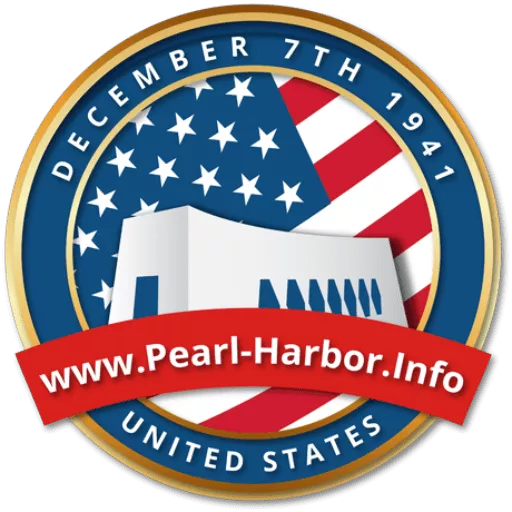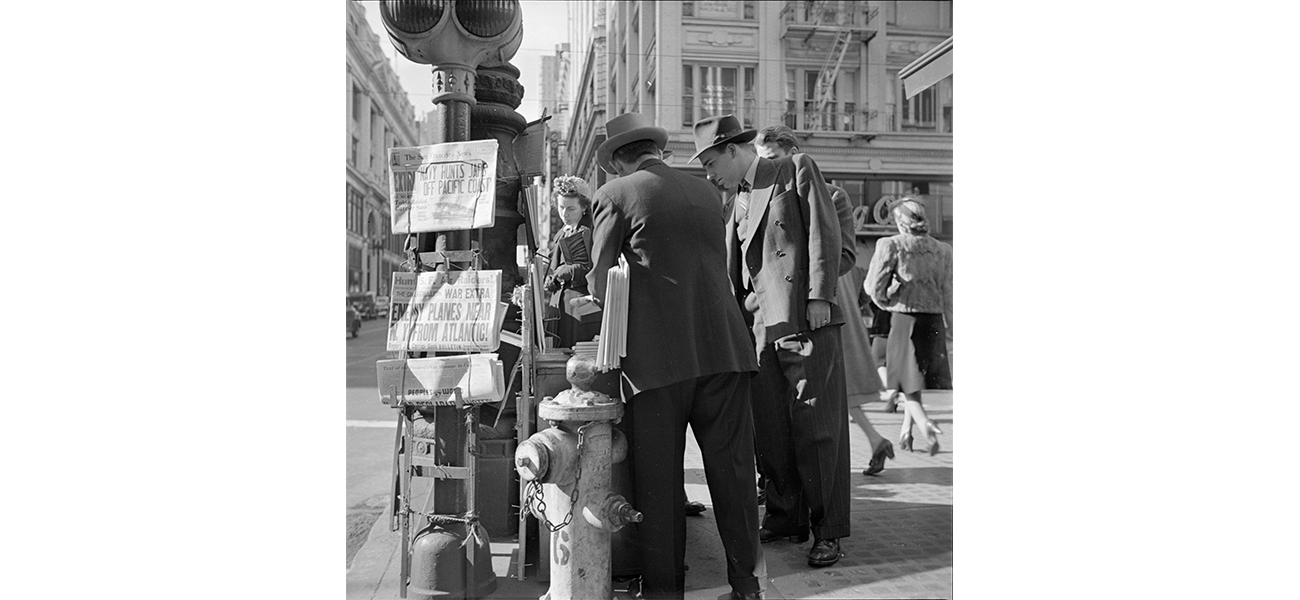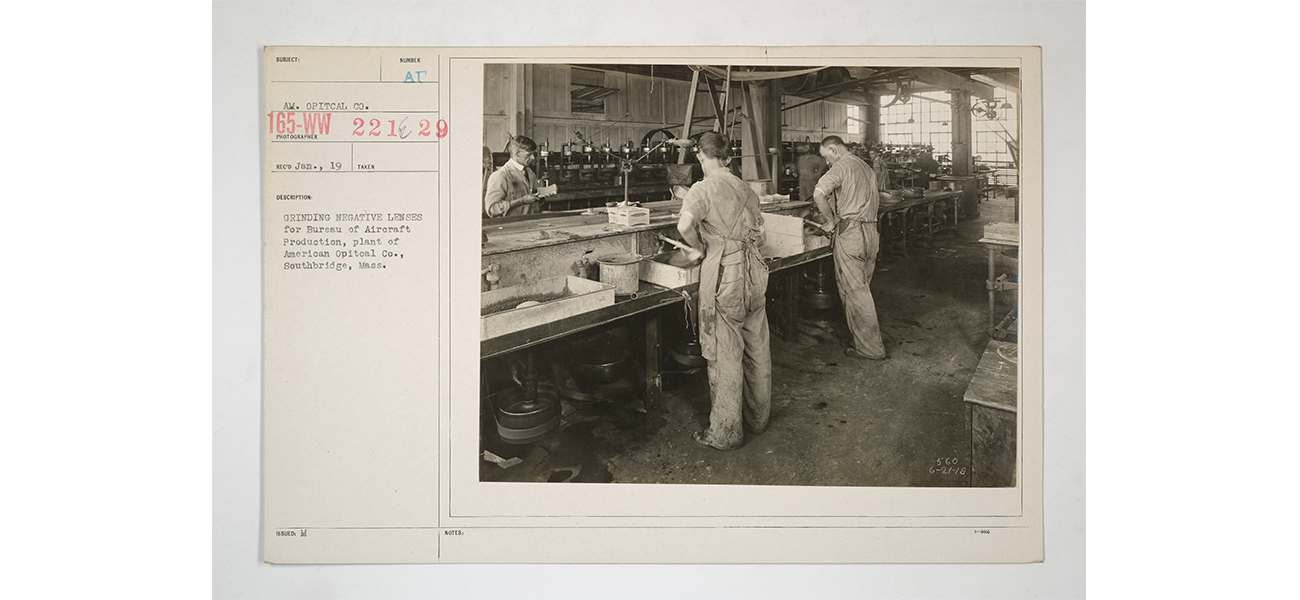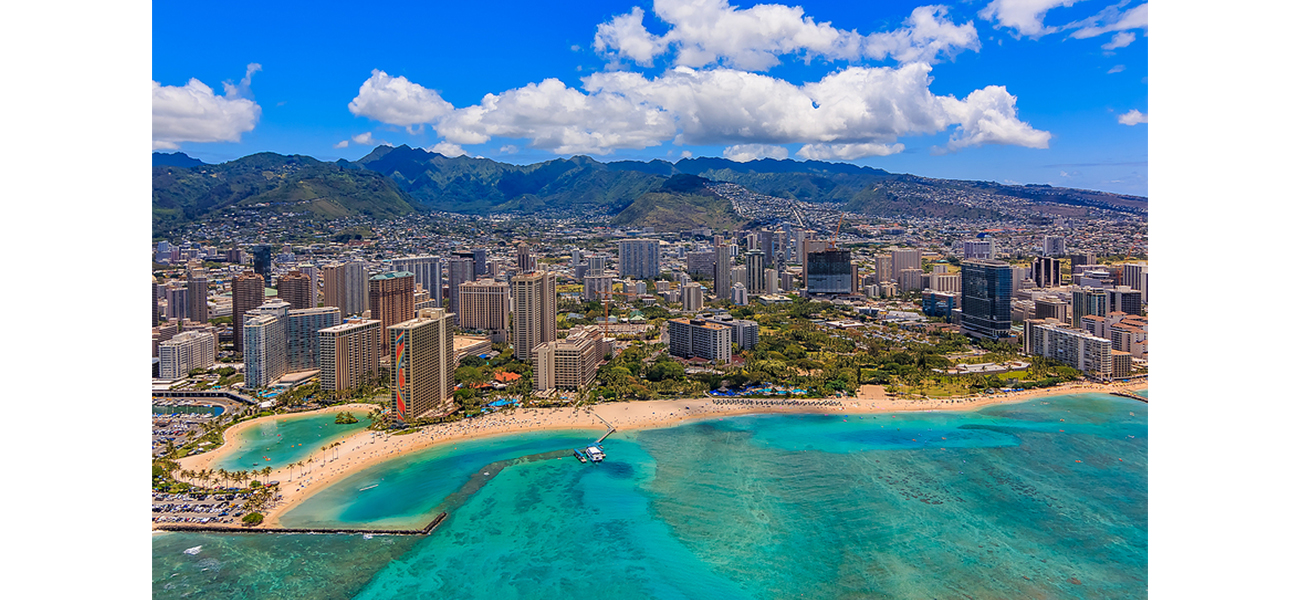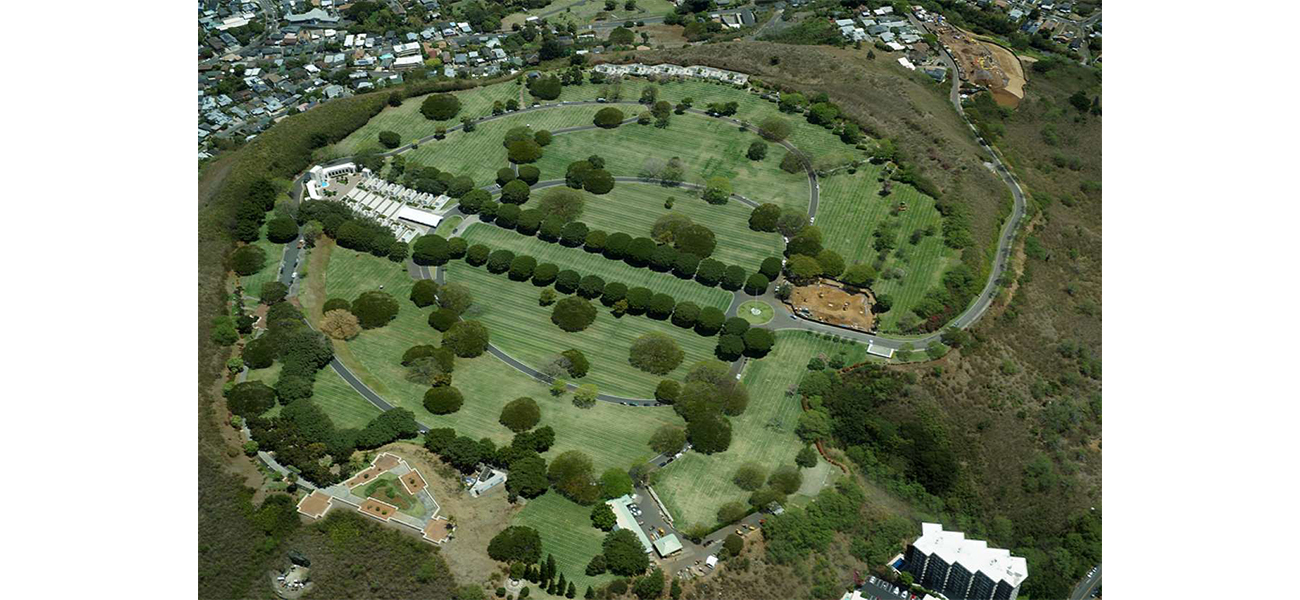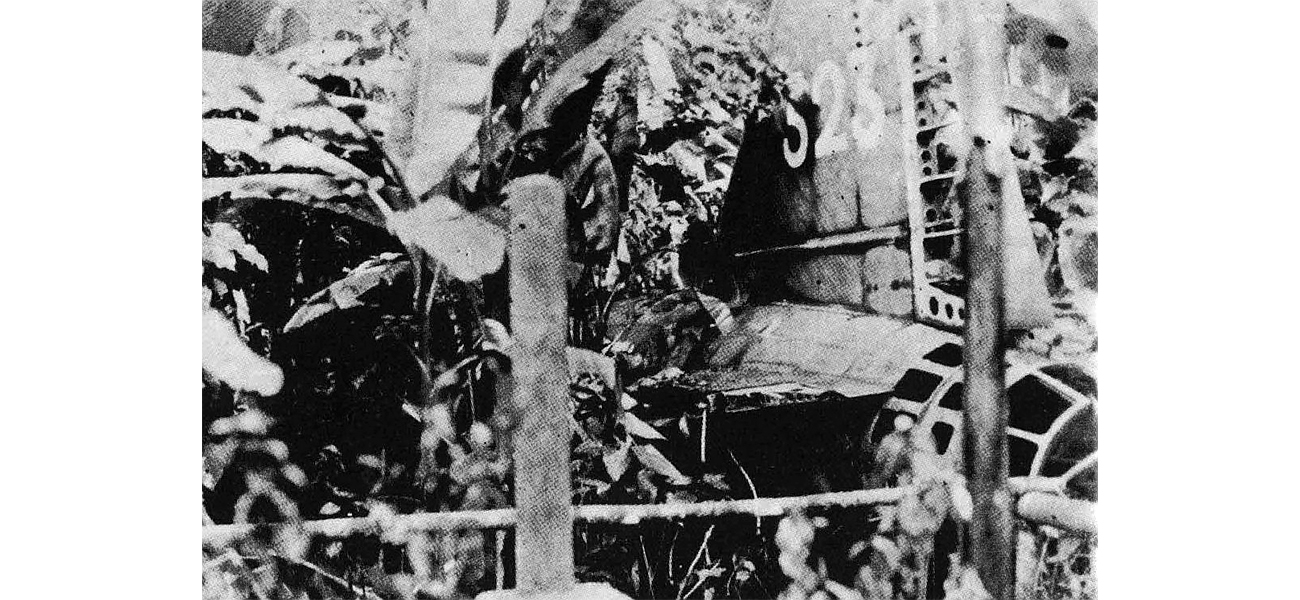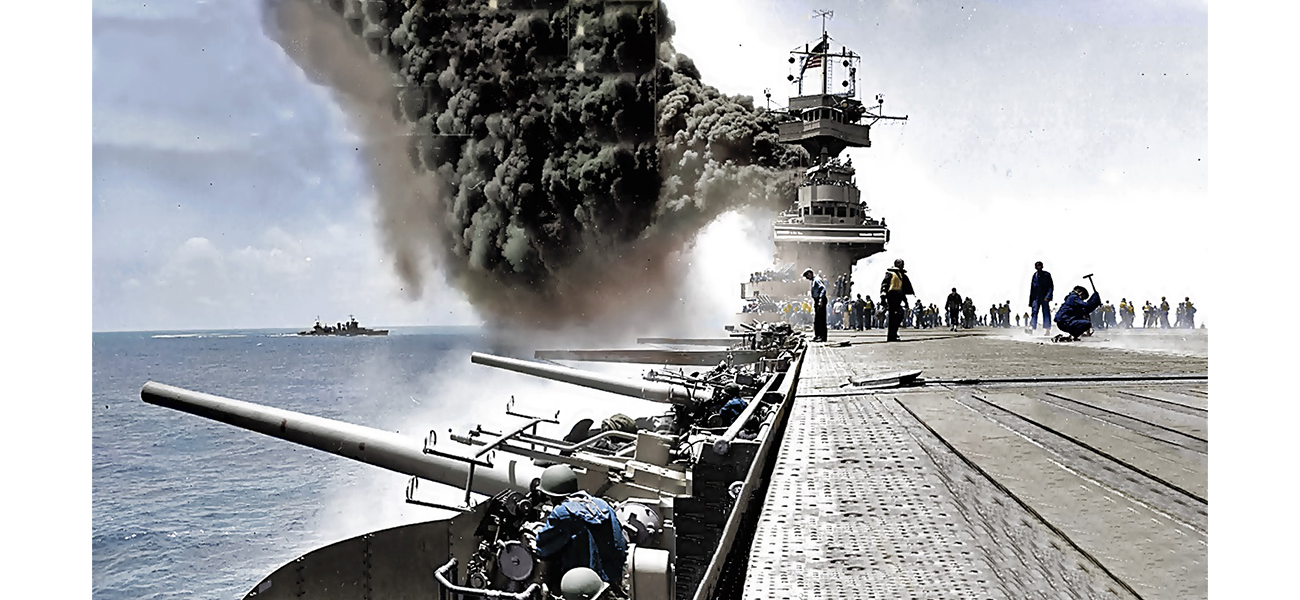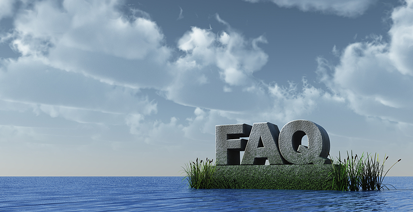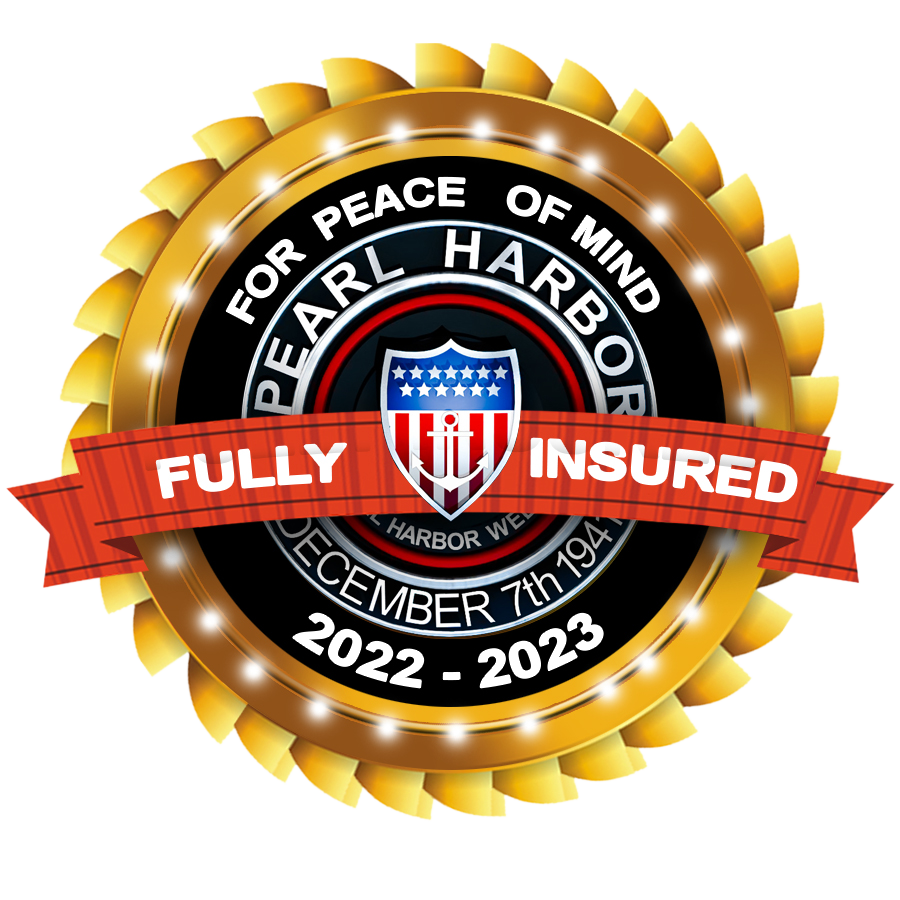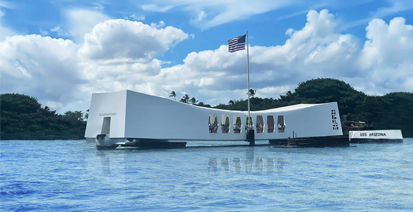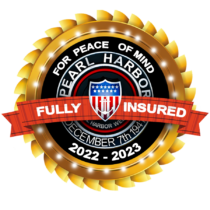The Women of Pearl Harbor
On December 7, 1941, the world changed forever with the attack on Pearl Harbor. While history often focuses on the strategic and military aspects, the roles women played during this critical moment are equally significant. Women were integral to the response and recovery efforts from nurses to intelligence officers. This article delves into the courageous and often overlooked contributions of these women, highlighting their bravery and lasting impact.
Roles Women Played During the Attack
Nurses were among the first responders to the attack, providing critical medical care under dire conditions. Their quick actions saved countless lives and showcased their essential role in wartime medical care. Women in the military, though fewer in number compared to their male counterparts, played vital roles. Members of the Army Nurses Corps and WAVES (Women Accepted for Volunteer Emergency Service) were instrumental in supporting the wounded and maintaining operational effectiveness. Civilian women also stepped up during the attack, offering aid, organizing shelters, and helping to maintain order amidst the chaos. Their efforts were crucial in managing the immediate aftermath of the attack.
The Army Nurses Corps was pivotal during the Pearl Harbor attack. These women worked tirelessly under fire, providing medical care and emotional support to wounded soldiers. Their bravery and dedication were exemplary and set the standard for military nursing. The attack on Pearl Harbor demonstrated the need for more inclusive military strategies that leveraged the skills and resilience of women. This led to a broader acceptance of women in various military roles, paving the way for future generations.
Women in the Military
The WAVES program, established in 1942, allowed women to serve in the Navy in various capacities. Though it was formed after the attack, the need highlighted by Pearl Harbor accelerated its development. WAVES members took on roles that ranged from administrative tasks to more technical and strategic positions.
Numerous accounts of individual bravery emerged from the chaos of Pearl Harbor. For instance, Lieutenant Annie G. Fox, Chief Nurse at Hickam Field, was awarded the Purple Heart for her extraordinary courage during the attack. Her leadership and calm demeanor under fire saved many lives and inspired those around her.
One notable story is that of Chief Nurse Laura Cobb, who, despite the danger, continued to administer anesthesia to wounded soldiers during the attack. Her actions and those of her colleagues underscore the vital role nurses played in the immediate response to the crisis.
Civilian women in Pearl Harbor and across the nation contributed significantly to the war effort. They organized blood drives, knitted socks for soldiers, and even took on jobs that were traditionally held by men, ensuring that the country continued to function during wartime.
Many civilian women shared their experiences through letters and diaries, offering a personal glimpse into the chaos and resilience of that day. These accounts provide valuable insights into the broader impact of the attack on everyday life.
Women Spies and Intelligence Officers
Women also played crucial roles in intelligence gathering. Female spies and intelligence officers worked behind the scenes to gather information that was vital to the war effort. Their contributions often went unrecognized, but their impact was profound.
Women like Claire Phillips, who operated under the codename “High Pockets,” used their positions and ingenuity to gather intelligence and support resistance efforts against the Japanese.
In the immediate aftermath of Pearl Harbor, women were thrust into new roles and responsibilities. The attack highlighted their capabilities and resilience, leading to increased recognition and opportunities. The events of Pearl Harbor and the broader context of WWII led to a significant shift in societal views on women. Their contributions during the war paved the way for greater gender equality and set the stage for future advancements in women’s rights.
Recognition and Honors
Many women were honored for their bravery and service during the Pearl Harbor attack. Lieutenant Annie G. Fox was among the first women to receive the Purple Heart, and many others received commendations and medals for their contributions. Today, various memorials and commemorations honor the women of Pearl Harbor. These tributes ensure that their sacrifices and contributions are remembered and celebrated.
Women’s Contributions to the War Effort
The involvement of women in Pearl Harbor set a precedent for their broader participation in WWII. Women took on roles in factories, offices, and even combat zones, proving their indispensability to the war effort. The war effort necessitated a shift in traditional gender roles, leading to greater acceptance of women in various professional and public spheres. This shift had lasting impacts, influencing post-war societal structures.
The women of Pearl Harbor played an essential role in one of the most pivotal moments in American history. Their bravery, resilience, and contributions deserve recognition and remembrance. By understanding their stories, we honor their legacy and ensure that their sacrifices are never forgotten.
